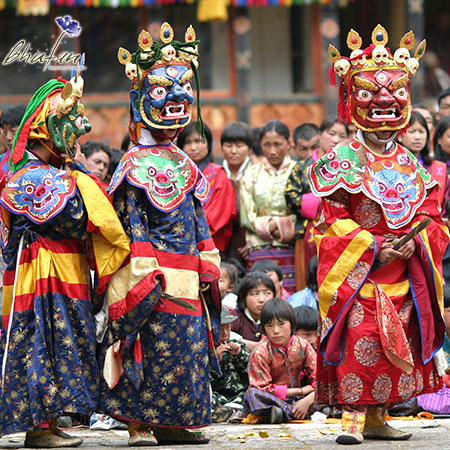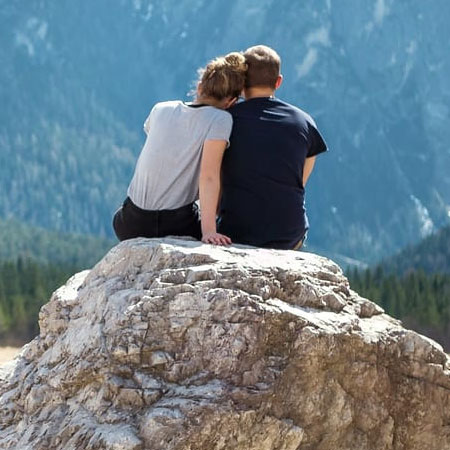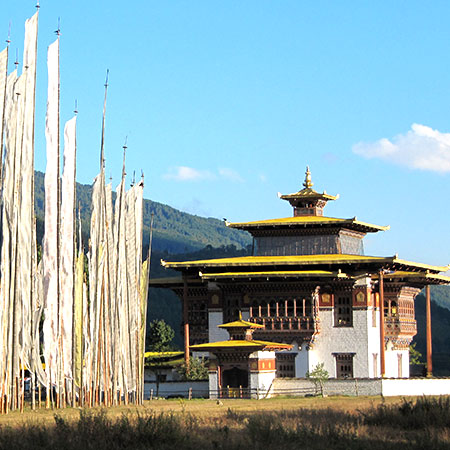Bumthang
Places of Interest

Bumthang (2,800m / 9,185ft.)
This region that spans from 2,600-4,500 m is the religious heartland of the nation and home to some of its oldest Buddhist temples and monasteries. Tales of Guru Padmasambhava and the tertons (“religious treasure-discoverers”) still linger in this sacred region.
Bhumthang Dzongkhag consists of four main valleys, Ura, Chumey, Tang and Choekhor. Choekhor is the largest of the four and is widely considered as ‘Bhumthang Valley’. The valleys are broad and gentle carved by the ancient glaciers. The wide and scenic valleys draws a large number of tourists each year.
Jambey Lhakhang
This monastry was built in the 7th century by Tibetan King, Songtsen Gampo. It is one of the 108 monasteries built by him to subdue evil spirits n the Himalayan region. Its present architectural appearance dates from the early 20th century.
Kurje Lhakhang
Situated before Jambay Lhakhang, Kurje Lhakhang consists of three temples. The one on the right was built in 1652 on the rack face where Guru meditated in the 8th century. Second temple is built on the site of a cave containing a rock with the imprint of Guru’s body and is therefore considered the most holy. The third temple was built in 1990s by Ashi Kesang, the Queen Mother. These three Temples are surrounded by a 108-chorten wall.
Tamshing Lhakhang
Located opposite Kurje Lhakhang on the other side of the river, this temple was founded in 1501 by Terton Pema Lingpa, the reincarnation of Guru Padsambhava. The monastery has very ancient religious paintings like 1,000 Buddhas and 21 Taras (female form of Buddhistava). The temple was restored at the end of the 19th century.
Jakar Dzong
Built in 1549 by the great grandfather of the first Shabdrung, the Dzong was initially built as monastery. It was upgraded in 1646, after the Shabdrung had firmly established his power. Jakar Dzong is now used as the administrative center for Bumthang valley and also houses the regional monk body.

































